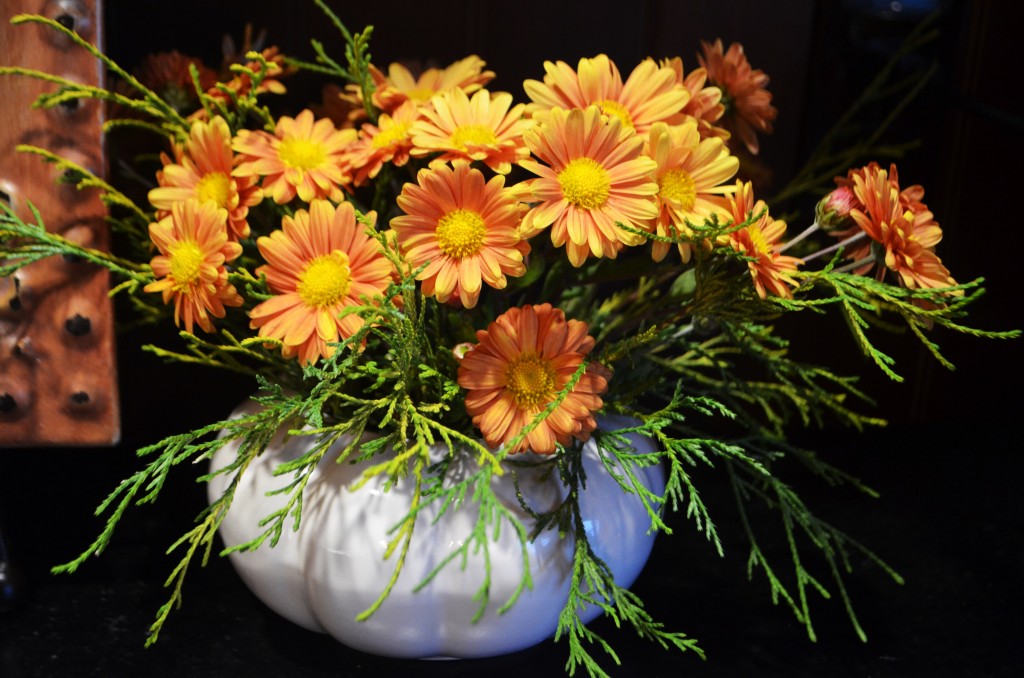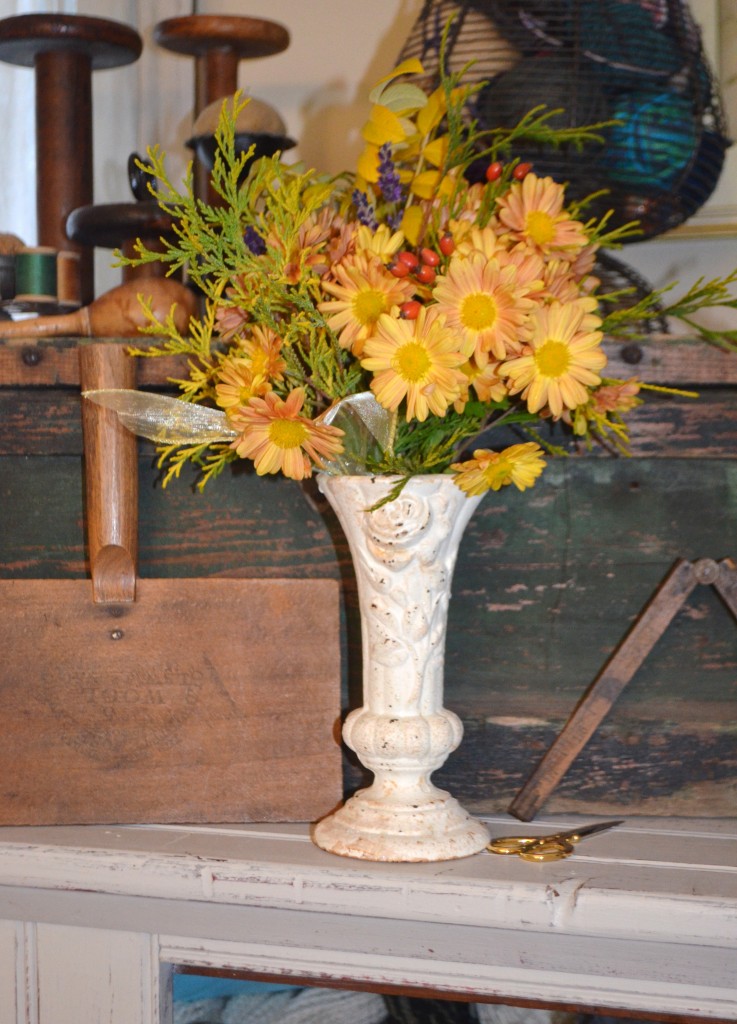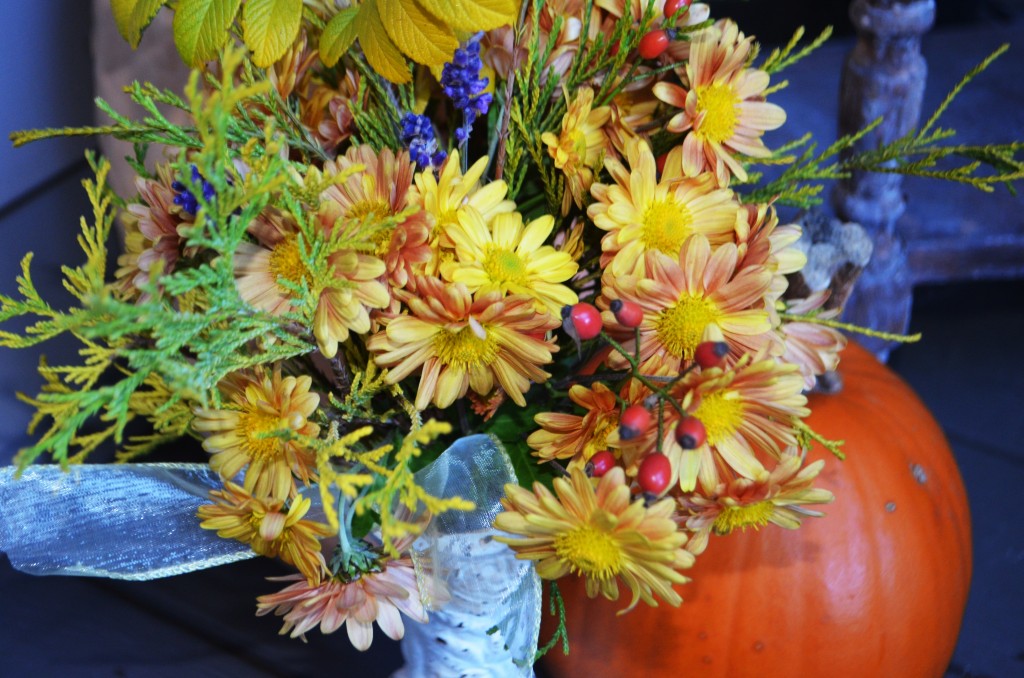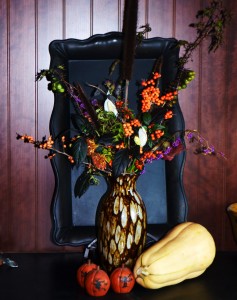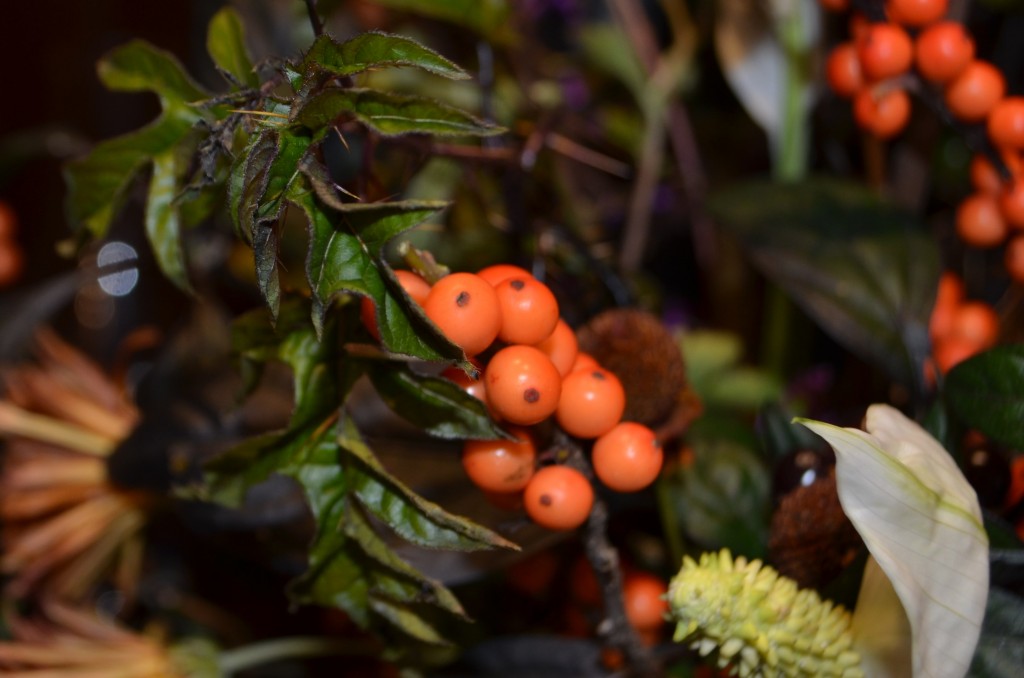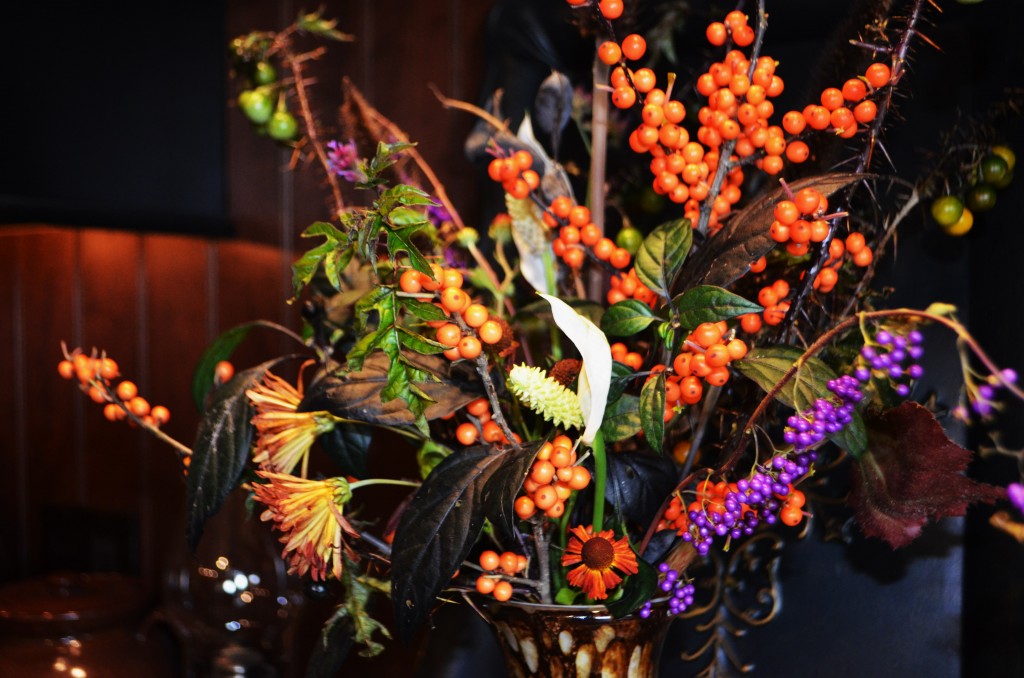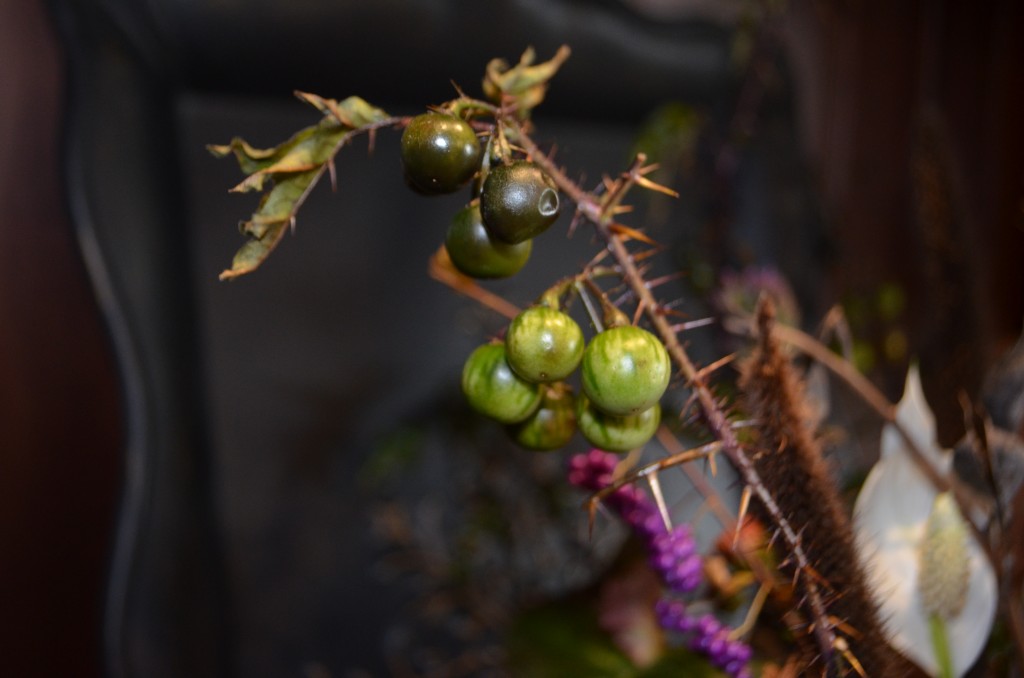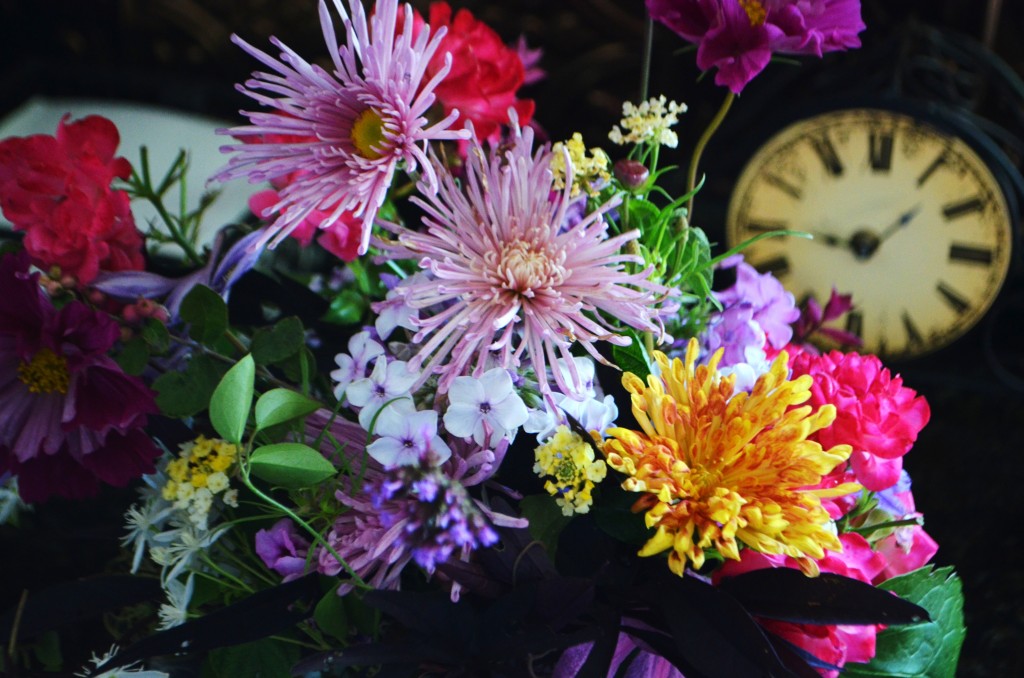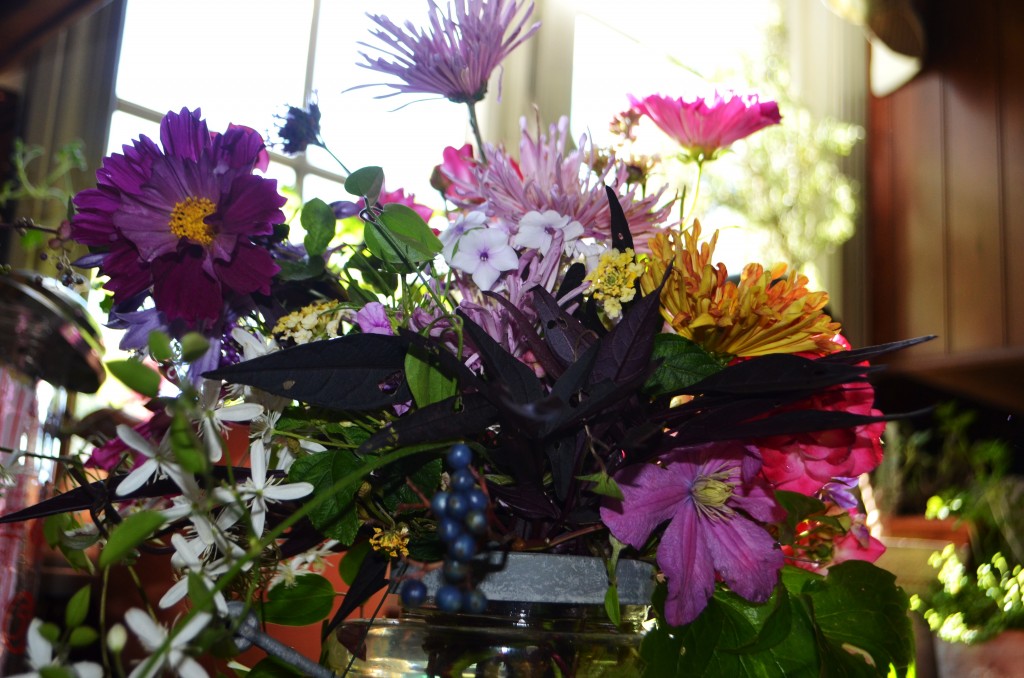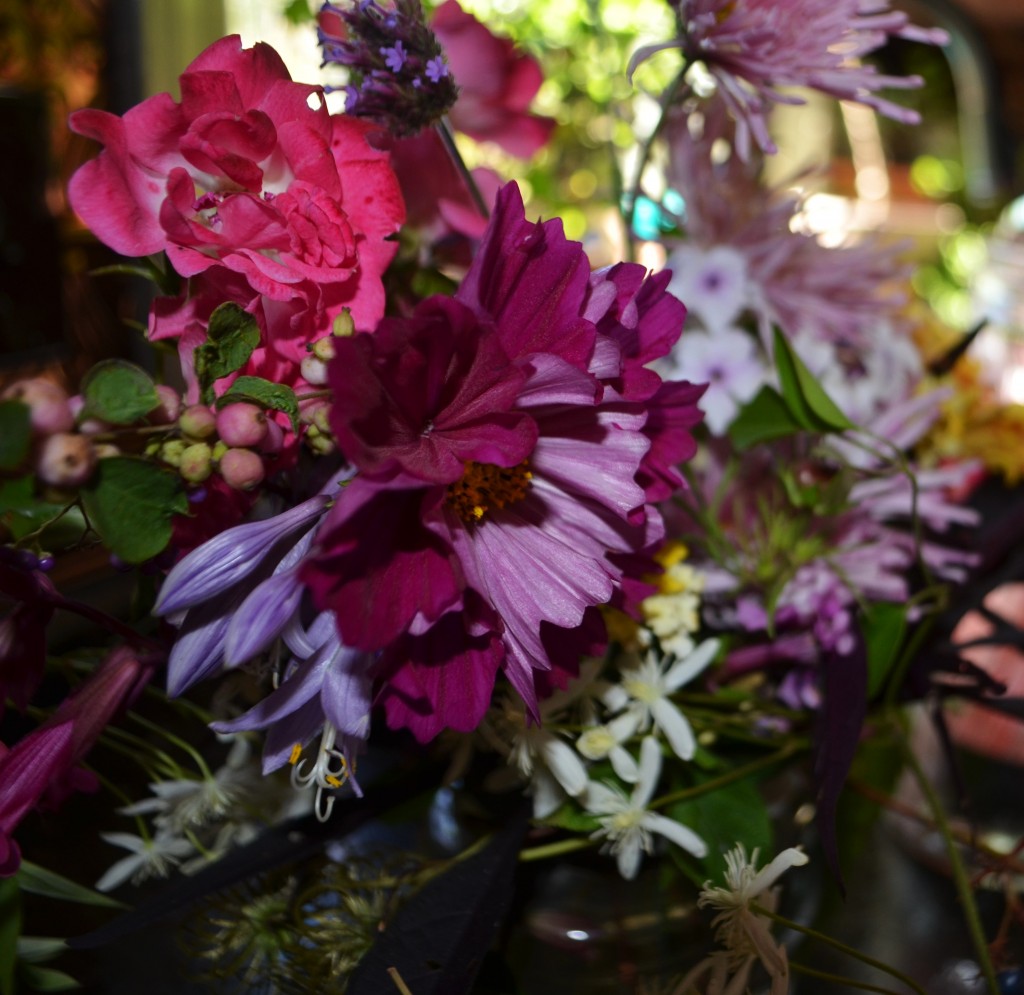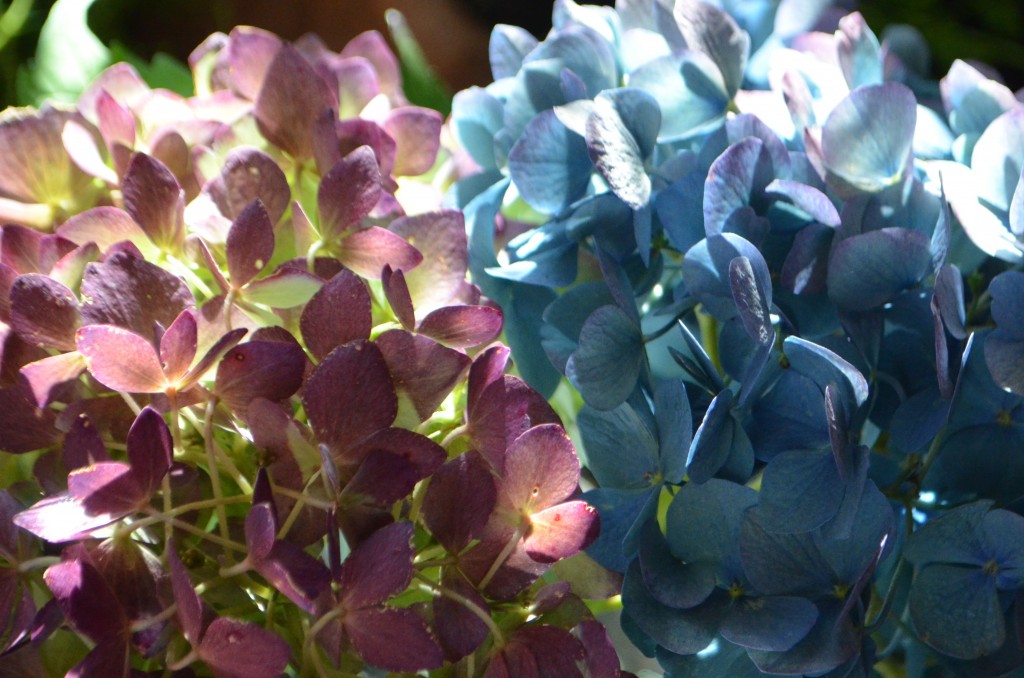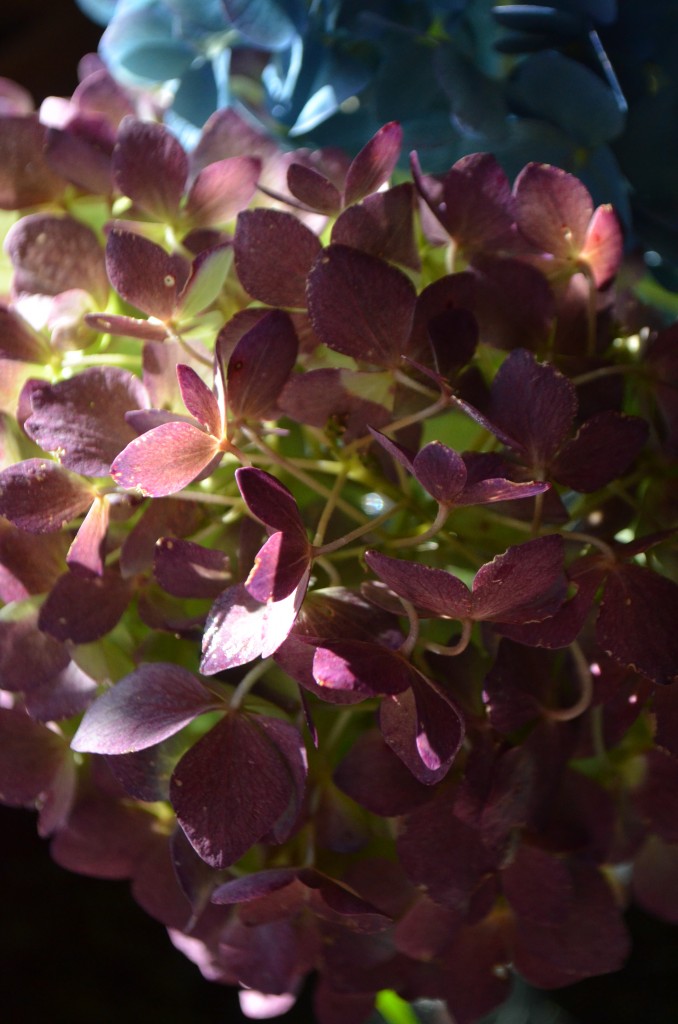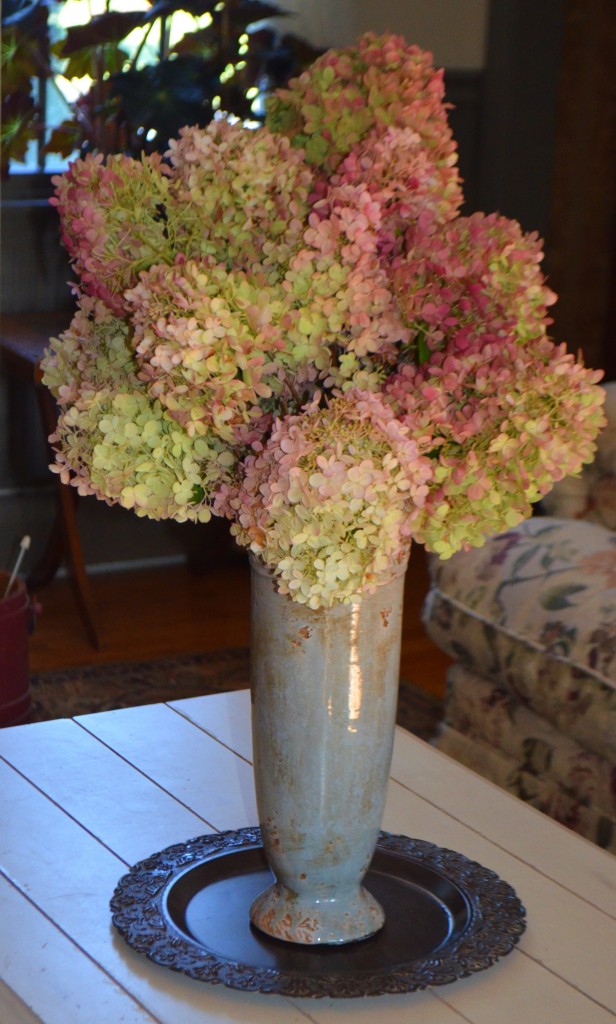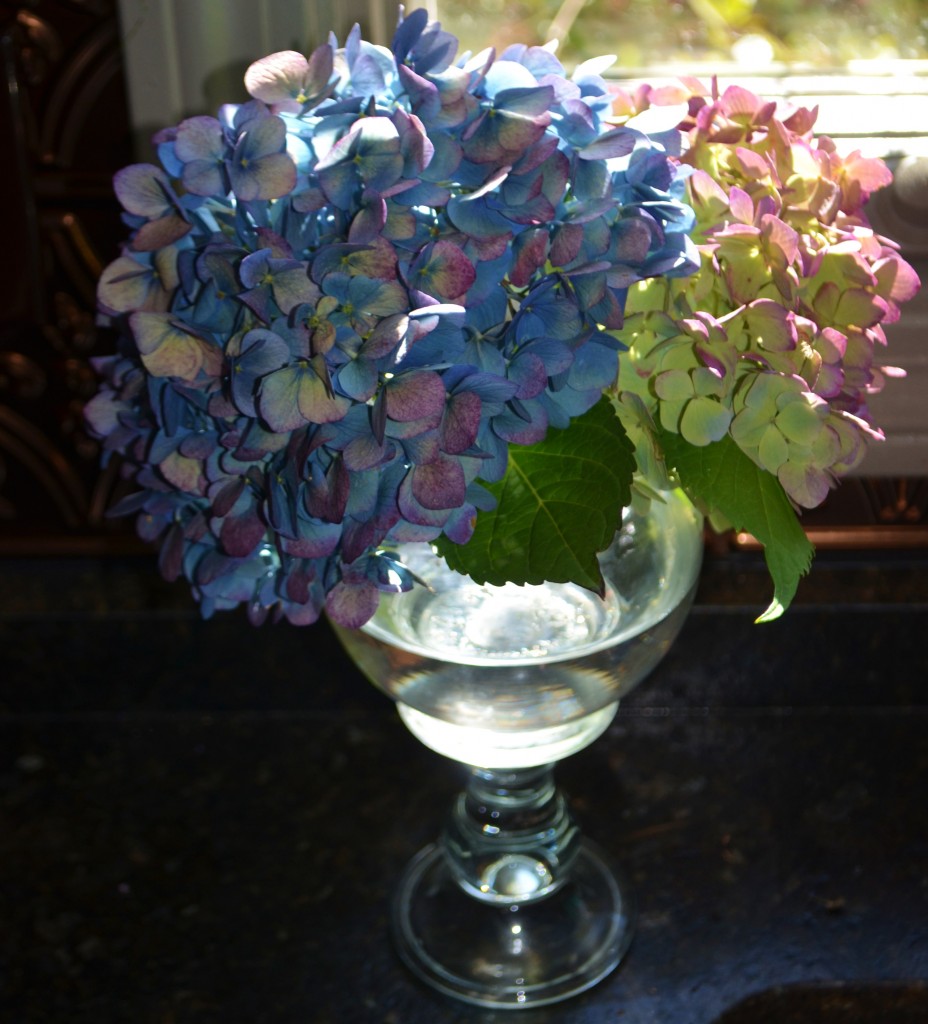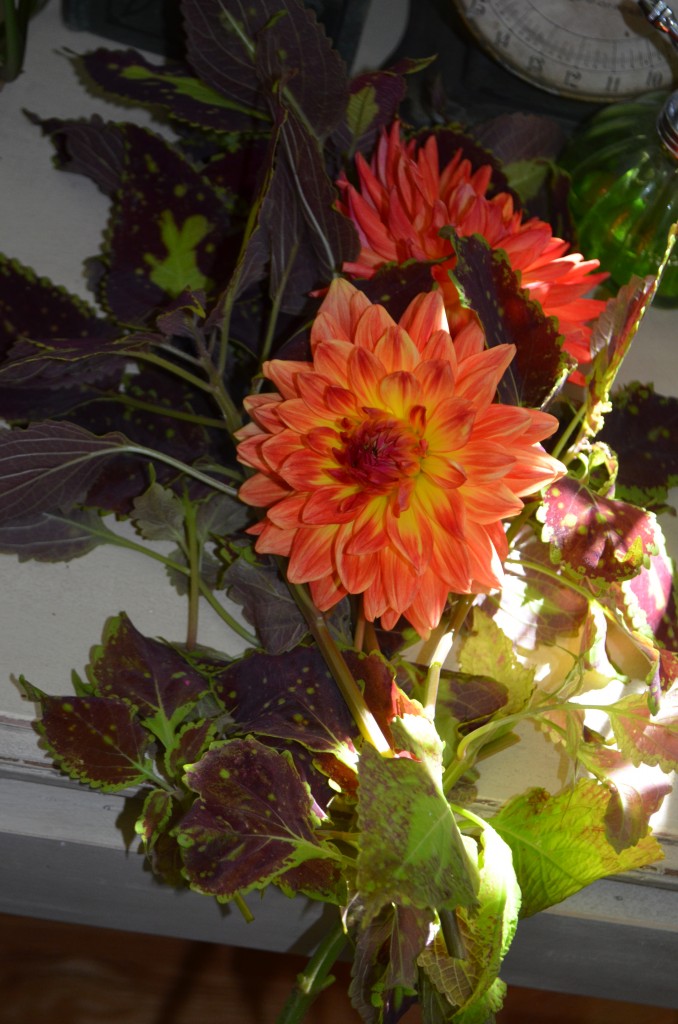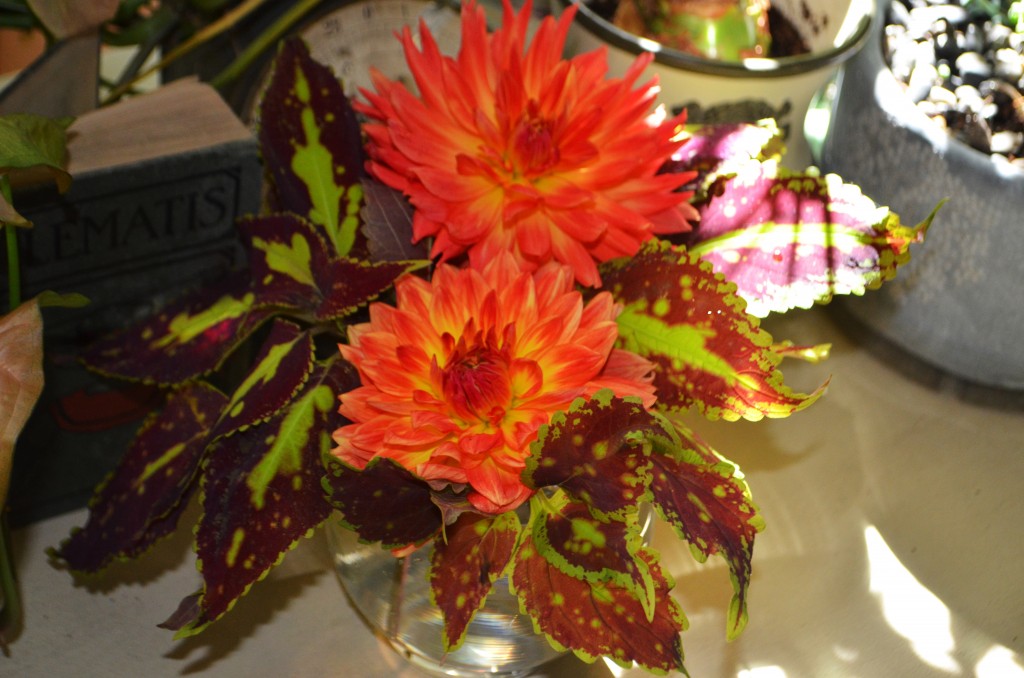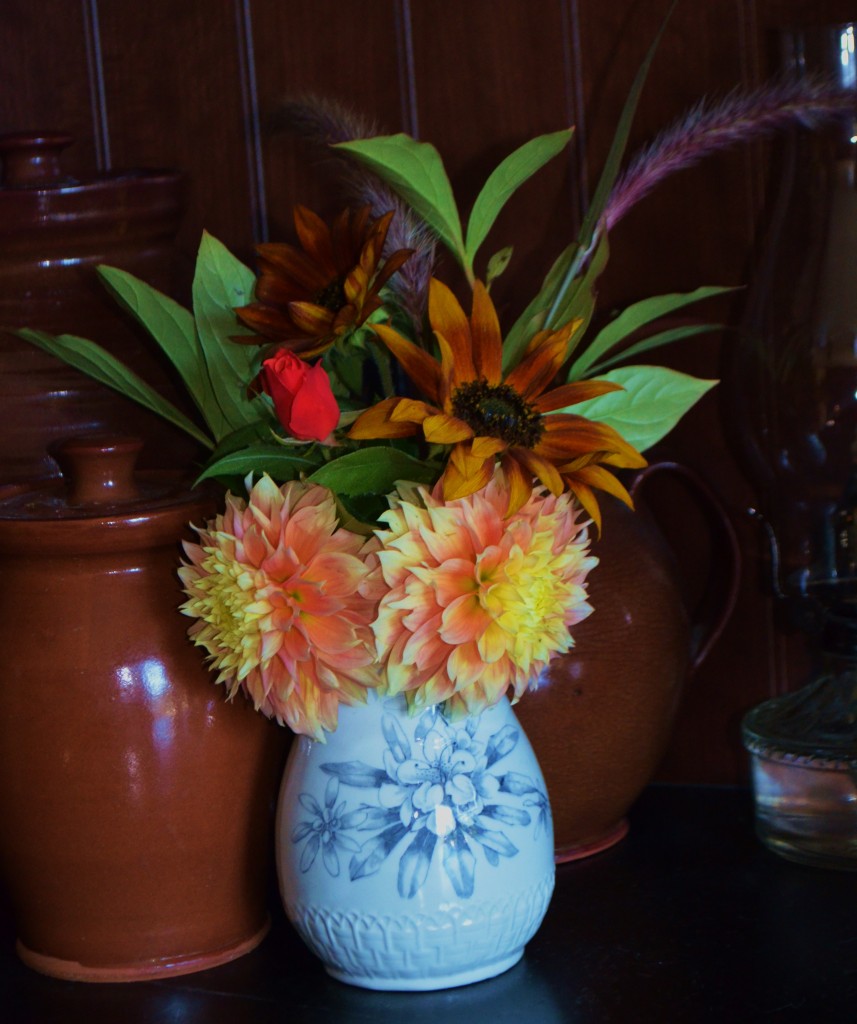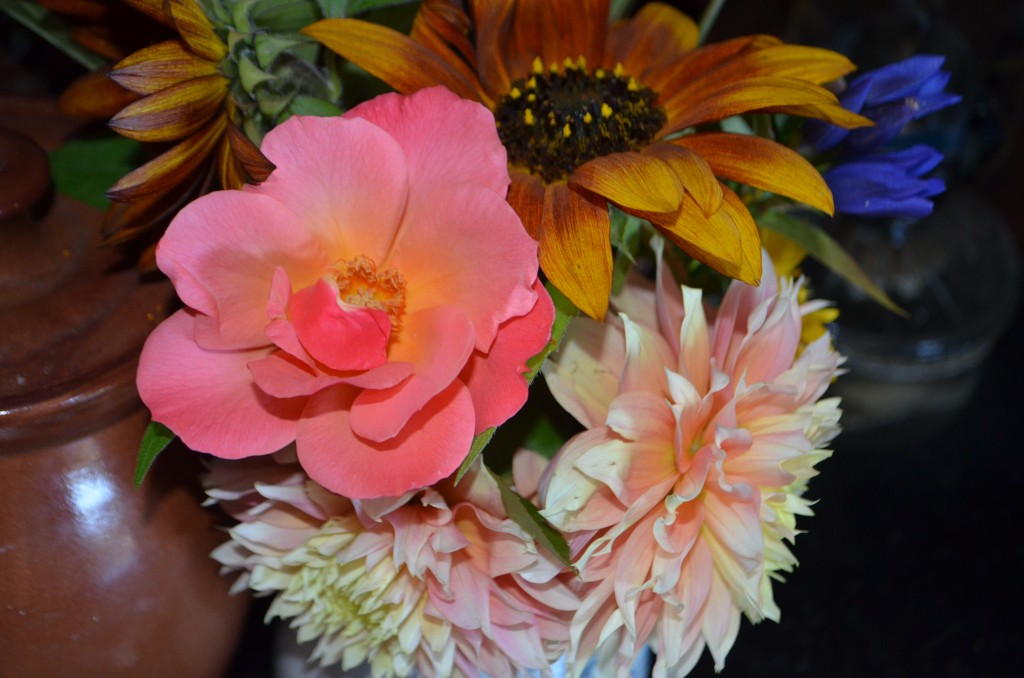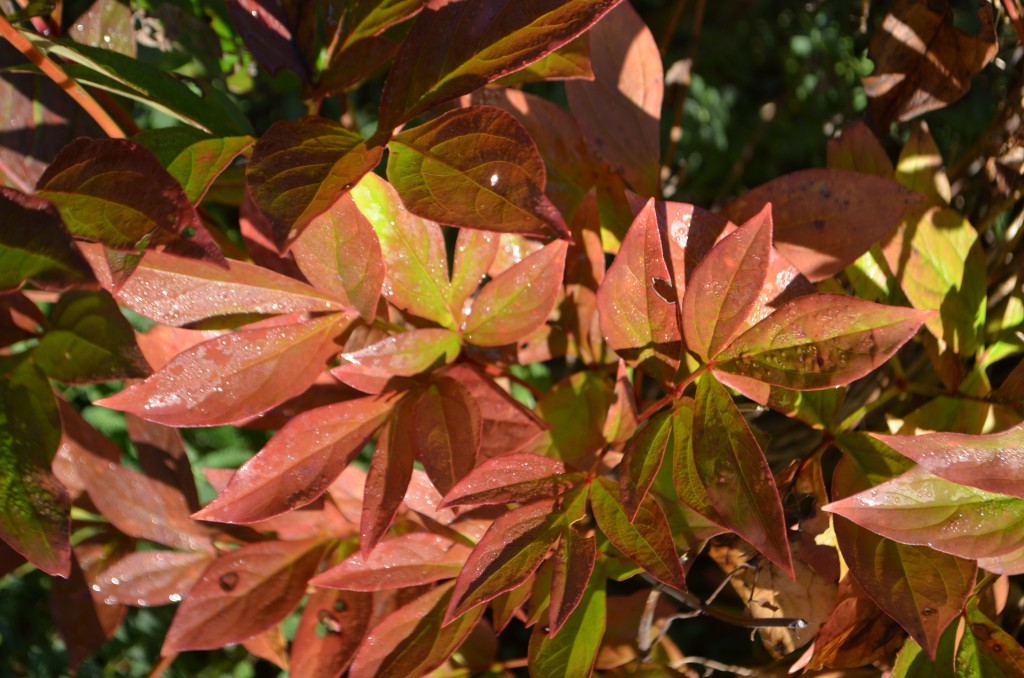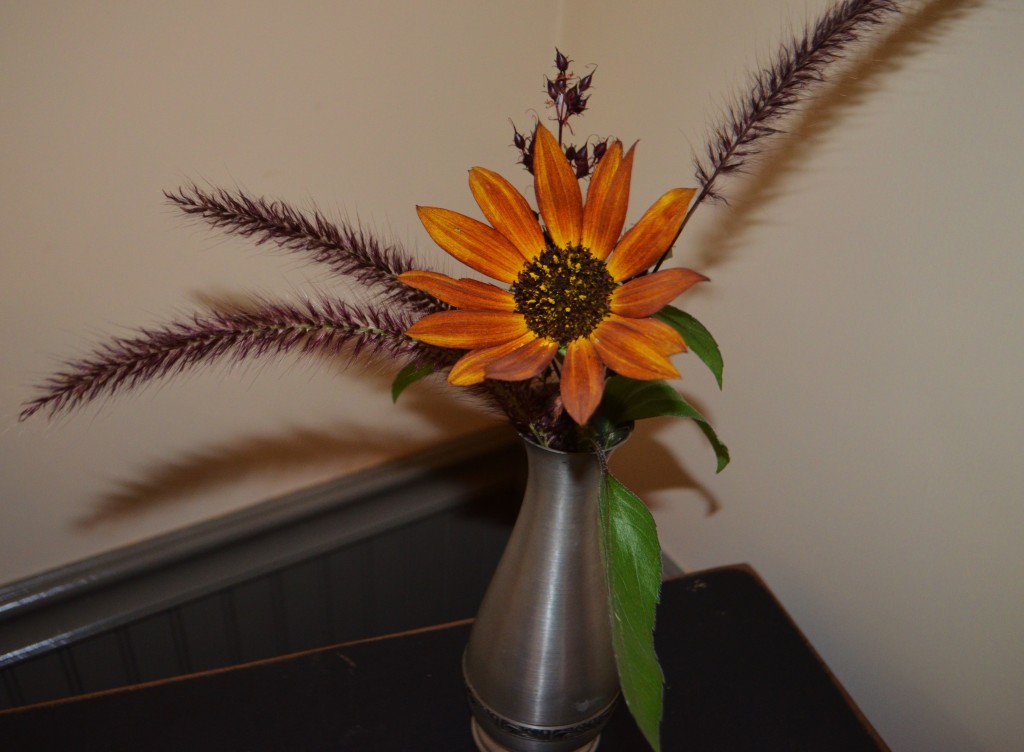I decided over the holiday season to try to simplify things a little this year. There is always the usual load of Christmas activities; shopping, wrapping, baking , decorating, and my plan was to cut myself some slack in the work arena ( blog, presentation writing, social media upkeep etc) and enjoy the season. But this year we added in to the holiday stress the arrival of a new niece and in some ridiculous trick of karma, the worst case of the flu any of us ever had. I was well on my way to a happier more relaxed season ,enjoying puttering around decorating and menu planning and wrapping to Christmas music on the Sonos. I thought I had it all figured out. This was great, no pressure , only one day of real work ( a workshop in Natick) and I was ahead of the game shopping because I was prepared for new baby to arrive and I would have my sweet little niece Scarlett while her mom and dad were in the delivery room. It was all good.
And then, the baby didn’t arrive on time. She finally arrived late on the 23rd, just at the exact time the worst flu ever was starting to hit our house. Wil got it first, or should I say, brought it home. Let’s place blame where it belongs  then one by one we were all stricken. Sore throat, then fevers aches and chills. The congestion, coughing and sneezing and wheezing. Then , as if that were not bad enough a mean trick was up it’s sleeve and for two days each and every sufferer had bloodshot swollen eyes . All of this happening in waves as we all got sick on different days. Wil usually takes his vacation time around the holidays, which this year he spent mostly in bed or on the couch. We missed parties and gatherings. I saw the new baby the night she was born, and then not again for almost two weeks.
then one by one we were all stricken. Sore throat, then fevers aches and chills. The congestion, coughing and sneezing and wheezing. Then , as if that were not bad enough a mean trick was up it’s sleeve and for two days each and every sufferer had bloodshot swollen eyes . All of this happening in waves as we all got sick on different days. Wil usually takes his vacation time around the holidays, which this year he spent mostly in bed or on the couch. We missed parties and gatherings. I saw the new baby the night she was born, and then not again for almost two weeks.
I did not work, no photos taken, no blog posts, no presentations written. I vegged on the couch, slept, and then slowly recovered. The workshop I did in Natick sat unfinished for two whole weeks…so unlike me! When we all felt up to it we made little outings to try to have some fun, and then napped from the exertion.
Now that we are recovered, I am playing catch-up. I actually worked this week in North Andover with a group of delightful ladies, and am busy getting ready for a crazy February. In addition to a bunch of lectures all over the state, I will be at Tower hill Botanic Garden on February 8th at 1:00. The presentation there will be on growing cutting and arranging “stuff” from your own garden year round and without decimating the view outside. In tandem with that I will be doing two demonstrations; one on floral arranging without floral foam ( oasis) which I abhor
– ( an aside rant: how can anyone use and sell this stuff loaded with proven carcinogens and completely non-biodegradable.? Why has no one taken up the course to invent and sell an better alternative? In the UK a biodegradable and non-formaldehyde laden product is just coming to market but by the time it crosses the pond all our florists will dead from poisoning.)
…and back to the demos, one on Forcing Branches. The dates and times for those are still being worked out, but all of the above will be free with admission to Tower Hill. To get ready I have been venturing outside cutting and the whole left side of the living room in adorned with vase upon vase of twigs and branches, misters , and watering cans. I was also asked to design an arrangement for their annual Flora in Winter display on the weekend of the 30th.
I have cut two different forms of honeysuckle, cherry ,pussy willows, flamingo willow, quince, , rosa glauca, azaleas, magnolia, filbert, lindera, viburnum, pear ( which looks so lovely from a distance but smells awful) two kinds of forsythia, and yellow and red dogwoods that are mostly for branch color. It is very early for a lot of it. The closer to when something blooms that you cut it , generally the more successful you are at getting it to flower or leaf out. Some things are wrapped in plastic, some covered in trash bags and all are being misted and monitored for bud swelling and breaks of color.


Some things, like pussy willows and forsythia are beyond easy to force. every year I cut forsythia branches on a weekly basis so there will always be some sunshine in the house until spring arrives. other branches are more difficult. Here are some general guidelines.
– most shrubs form their buds in fall and need at least 6 weeks of cold to vernalize and then break dormancy to flower/leaf out again. Watch the weather so you don’t cut too early.
– Try to cut branches on a warmer day ( above freezing) . It has been so cold here that I have been immersing everything into a bath of warm water for a few hours after cutting to get them going.
– re-cut the branches right before they go into water indoors and either split the bottom or shave some bark off very gently with a vegetable peeler…never ever crush with a hammer as you will disrupt the very pathways you need to get water up to the buds
-change the water on a frequent basis to ensure good water uptake , cloudy water with decomposing material in it will block the water from reaching the buds.
– keep containers out of the sun and away from a heat source so the buds don’t dry out. After they come into bloom and hot and sunny location will also shorten their vase- life considerably
-mist buds daily if you can. with forsythia this is unnecessary , but with something like magnolias, invaluable!
-make note when each shrub you want to force comes in to bloom. If you look at timetables offered by many extension services and arboretums that will tell you generally what to cut when, keep in mind that there are many varieties within a plant species and they all bloom differently.
Take lilacs, syringa vulgaris, the common lilac, comes into bloom very early and if you follow a timetable of three weeks before to cut for optimal forcing that would be mid February-ish. But here I have lilacs that span the whole of spring and for the later bloomers ( like Miss Kim and Donald Wyman) that would be way too early.
-Try everything! What have you got to loose? Make note of what you cut and when and see what succeeds and what does not. After time you will learn which shrubs and trees from your garden will force reliably , then you can plan great displays all through the dreariest part of winter.
As for me, I am under the gun , and have no choice but to dunk and mist, and pray, that somehow the timing will work out and I will not have everything come into bloom to early and thus need to be moved to a really cool location to keep it going, or too late and not have a decent showing . The stress almost makes me miss laying on the couch shivering and sniffling.
–

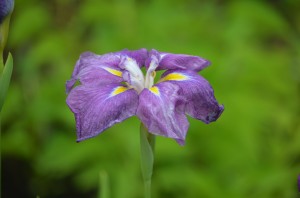
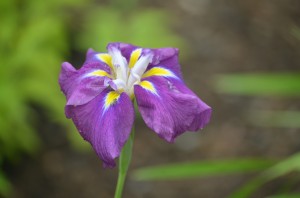

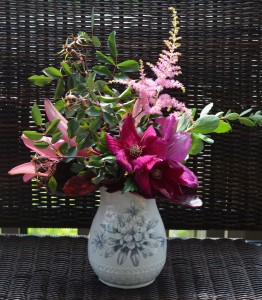
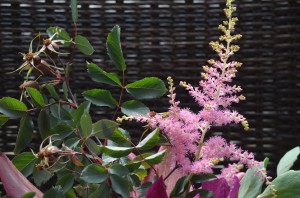
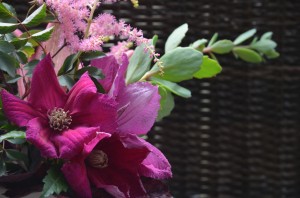
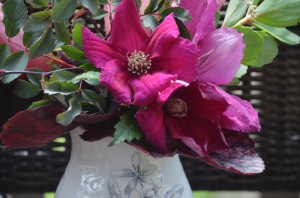
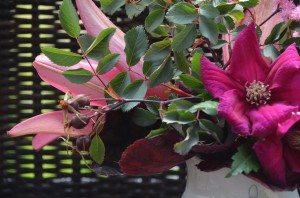
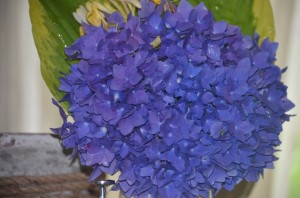


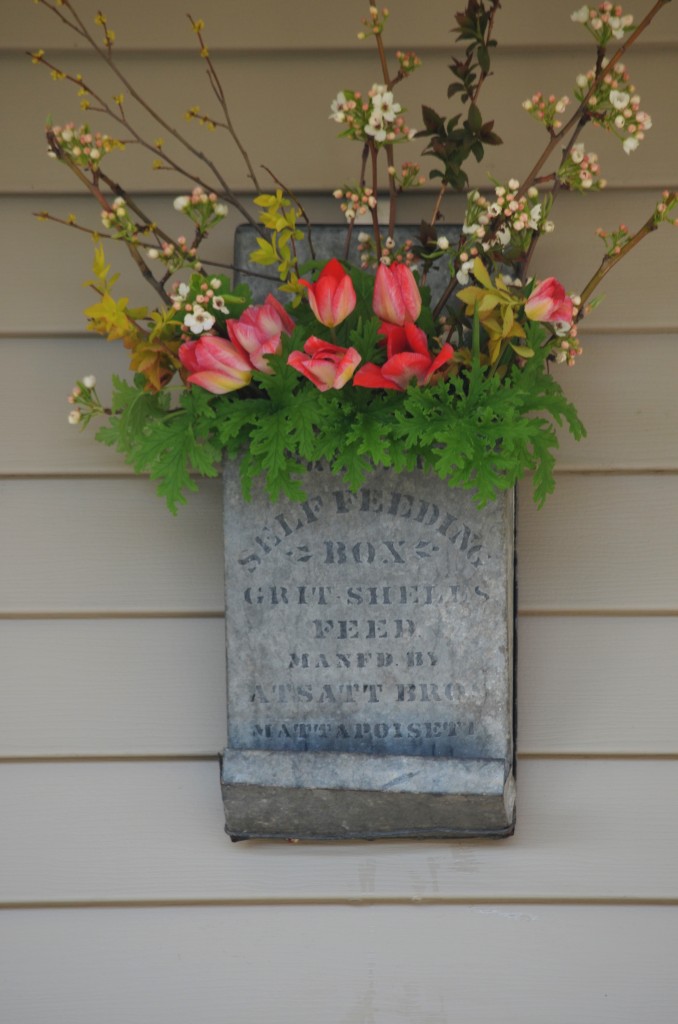
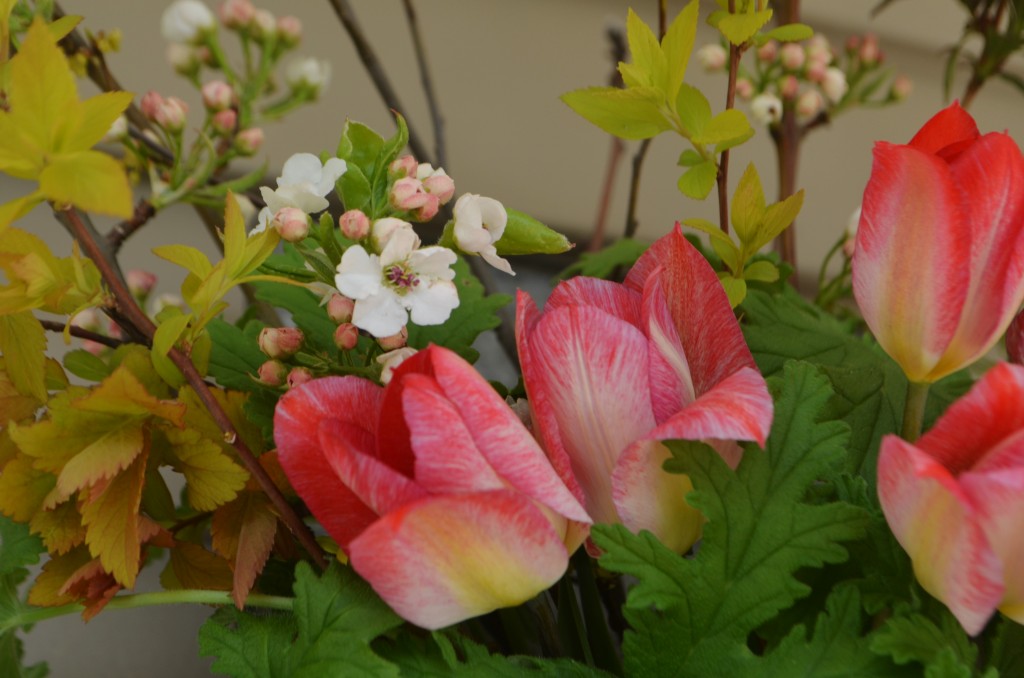
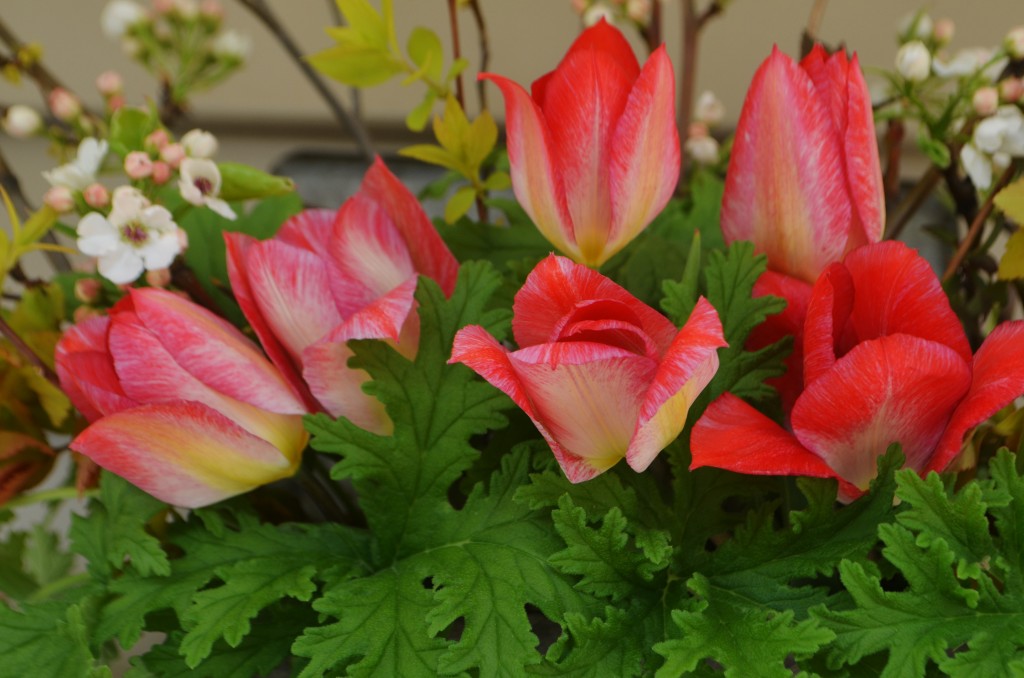

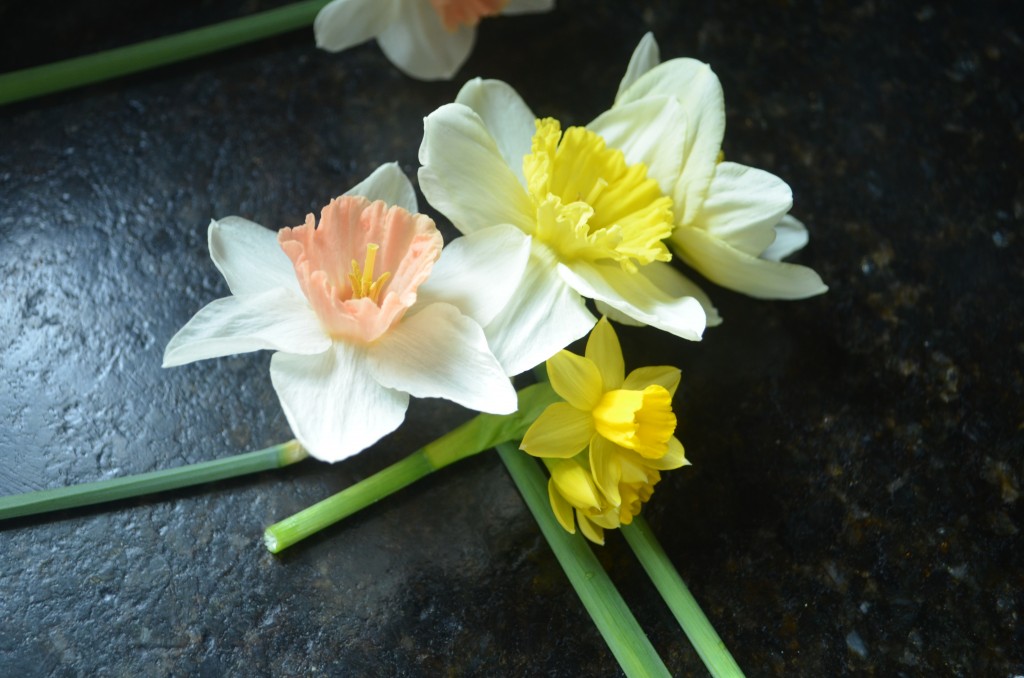
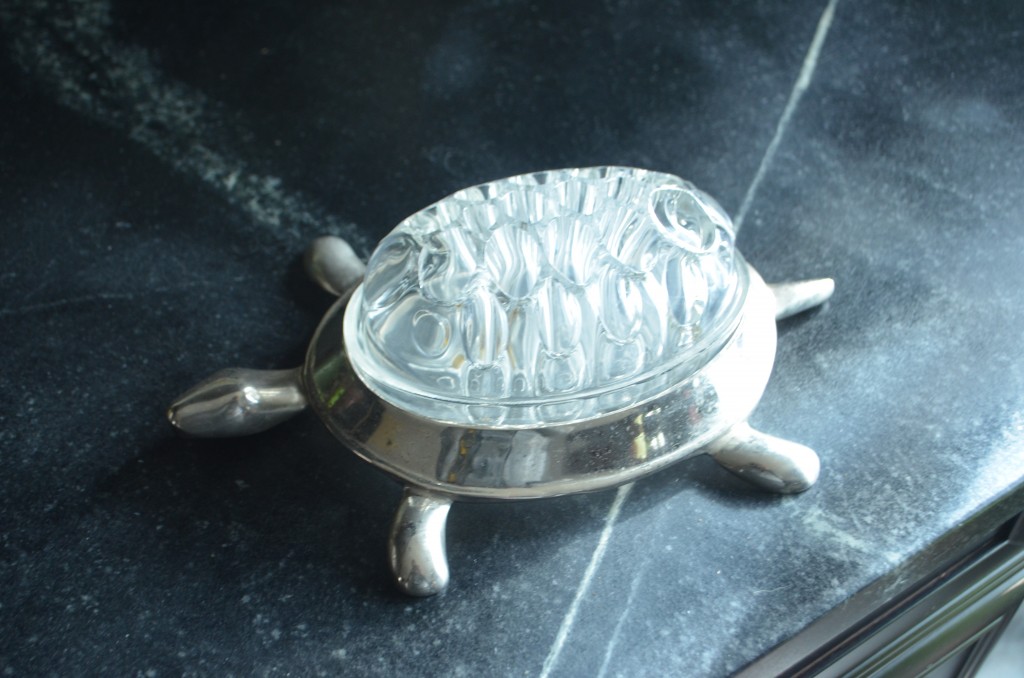
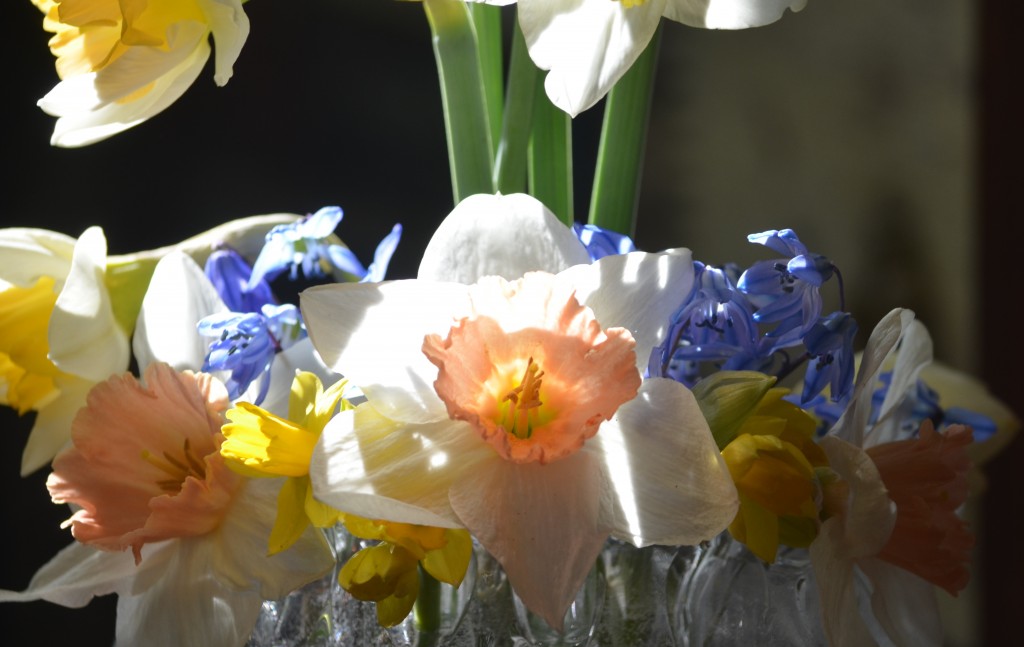
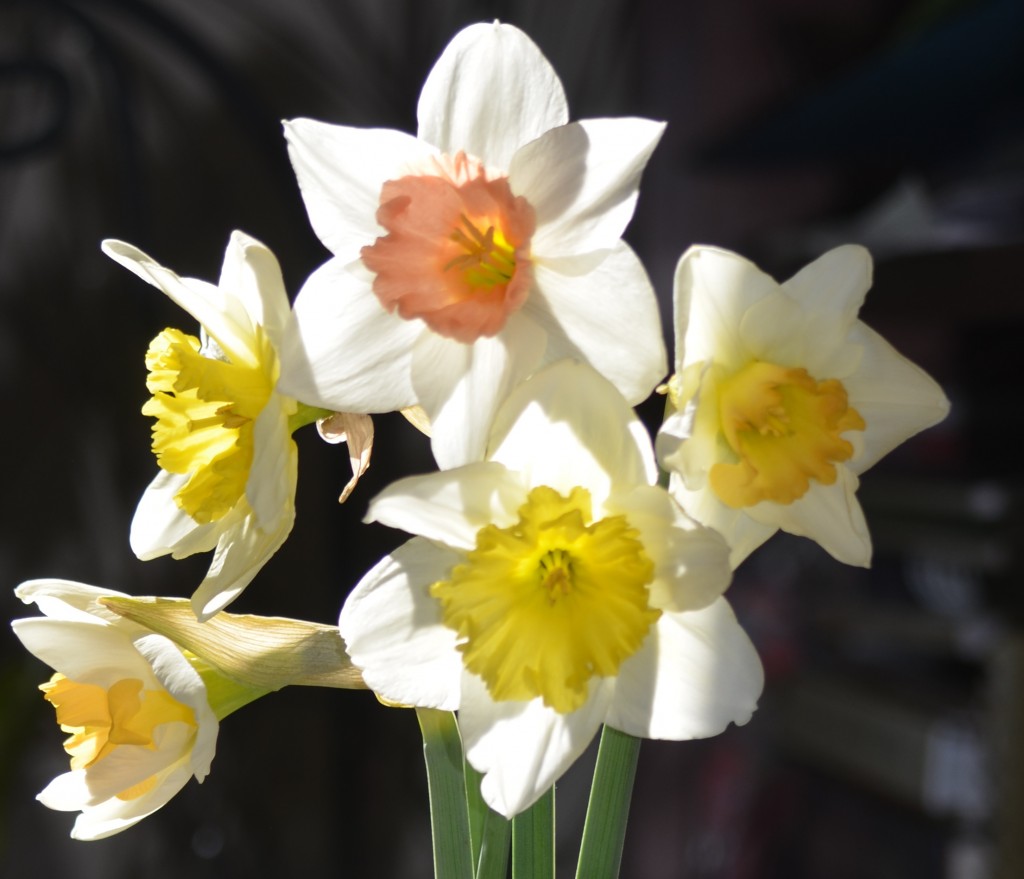
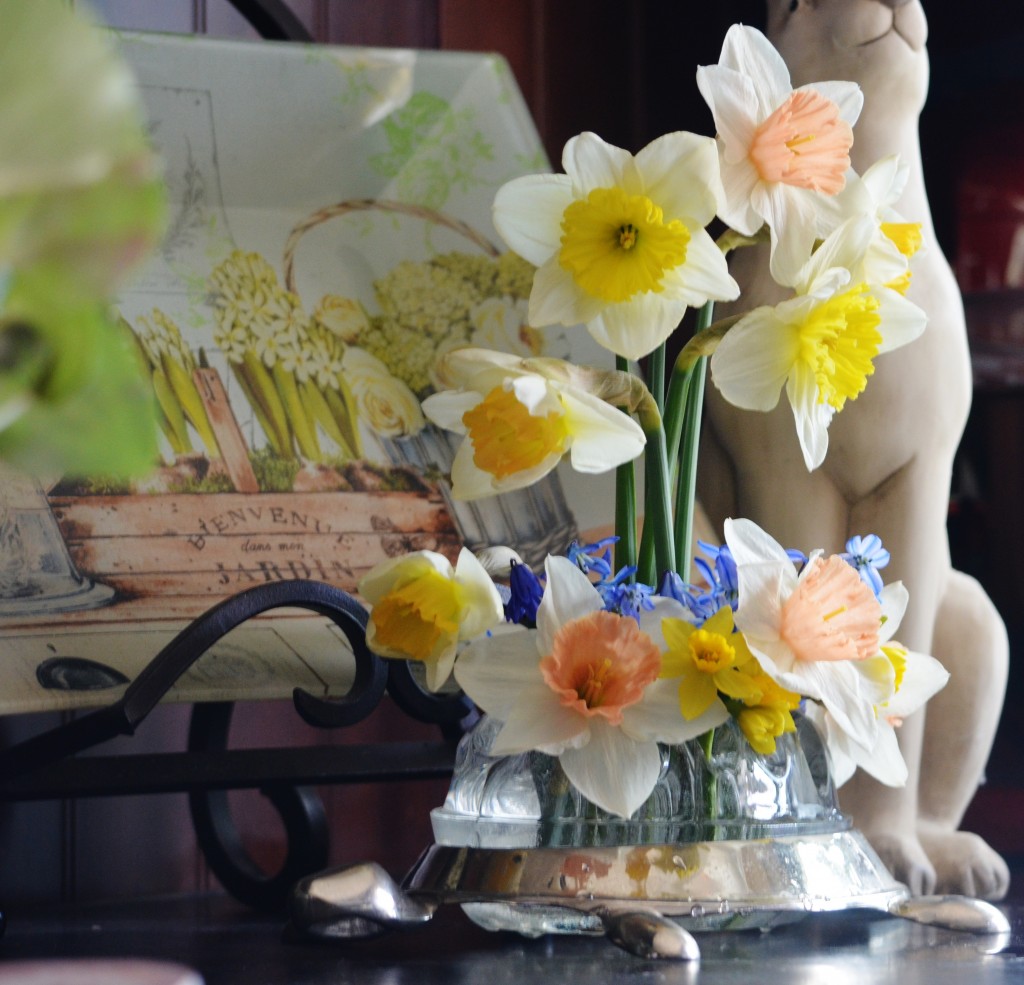
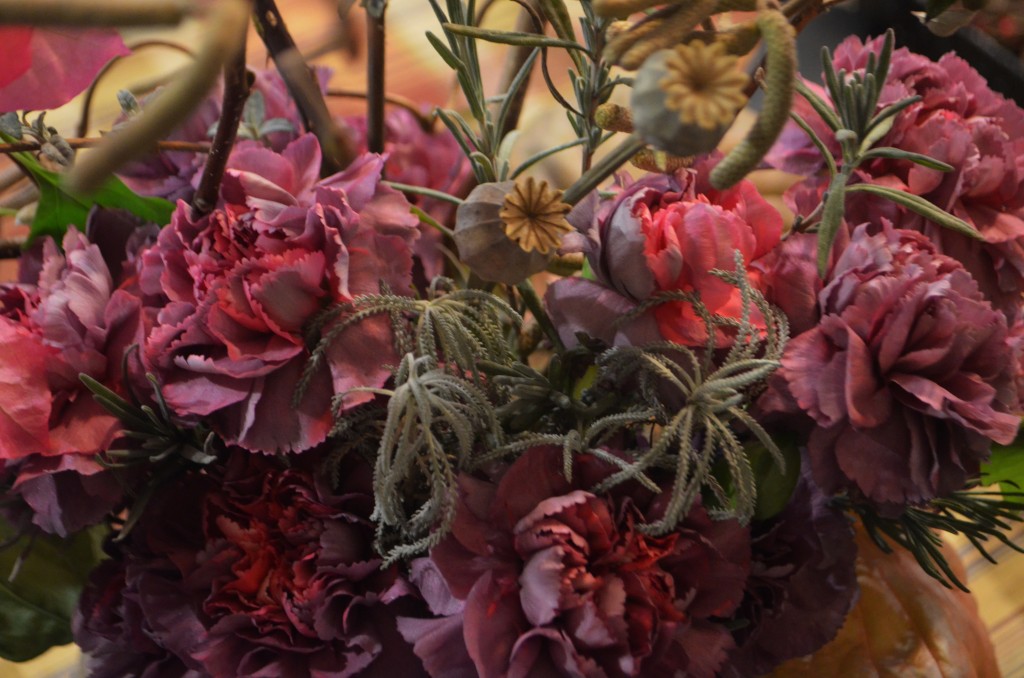
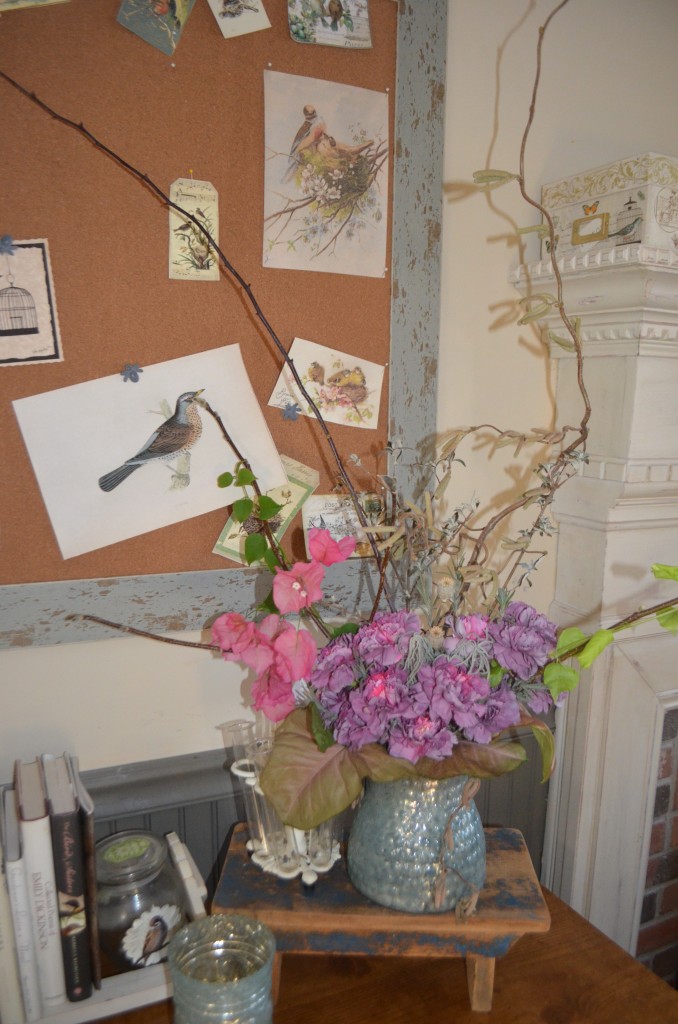
 then one by one we were all stricken. Sore throat, then fevers aches and chills. The congestion, coughing and sneezing and wheezing. Then , as if that were not bad enough a mean trick was up it’s sleeve and for two days each and every sufferer had bloodshot swollen eyes . All of this happening in waves as we all got sick on different days. Wil usually takes his vacation time around the holidays, which this year he spent mostly in bed or on the couch. We missed parties and gatherings. I saw the new baby the night she was born, and then not again for almost two weeks.
then one by one we were all stricken. Sore throat, then fevers aches and chills. The congestion, coughing and sneezing and wheezing. Then , as if that were not bad enough a mean trick was up it’s sleeve and for two days each and every sufferer had bloodshot swollen eyes . All of this happening in waves as we all got sick on different days. Wil usually takes his vacation time around the holidays, which this year he spent mostly in bed or on the couch. We missed parties and gatherings. I saw the new baby the night she was born, and then not again for almost two weeks.






